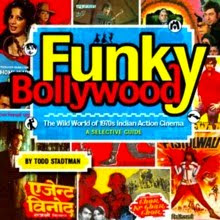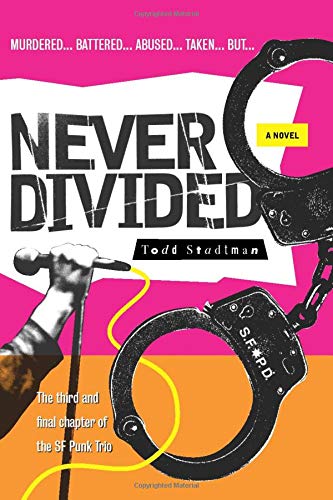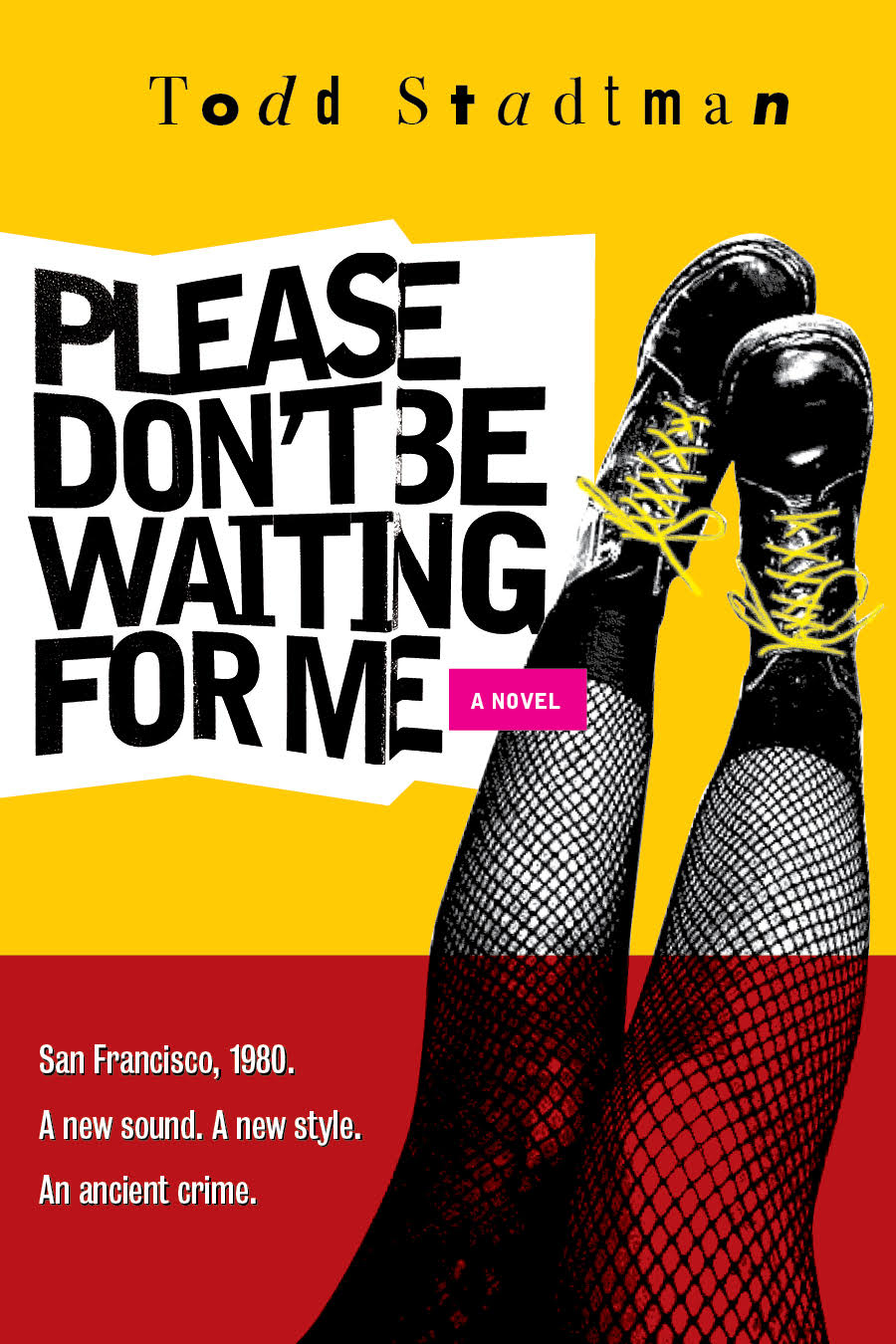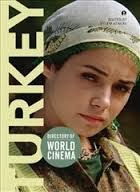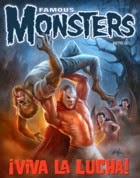Interster (1981)

Okay, so 4DK's parade of communist cowboys, Filipino wonder women and Bollywood kaiju movies has left you cold, and I'm left feeling like a man trying to stop a baby crying who's run out of funny faces to make. How about this, babies: A South African children's television series made during the final years of the Apartheid regime that's modeled very closely on the puppet series of Gerry and Sylvia Anderson. It indeed seems like no country's young sprouts were immune to the hypnotic appeal of freaky-looking marionettes framed within a fiery landscape of exploding miniatures. And thank God for that. After all, it's things like this that, despite our differences, bring us all a little closer, isn't it?

I could find very little written in English about the Afrikaans language series
Insterster other than a modest-sized
Wikipedia entry and what's written about it on the blog of one
Mike Cane. Those sources tell me that
Interster came into being as a result of the South African Broadcasting Corporation's inability to acquire broadcast rights to the Anderson's
Thunderbirds, prompting them to try their hand at producing a puppet sci-fi series of their own. The result is a very close approximation, coming more than a decade after the Andersons stopped producing their patented Supermarionation series (moving instead into live-action fare like
Space: 1999 and
UFO) and a couple of years before Gerry Anderson tried to jump back into the game with the underwhelming
Terrahawks. The puppets in this case, rather than being stringed marionettes like those used by the Andersons, appear to be internally wired puppets that are operated from underneath, and I was happy to see that they emulate the big-headed, caricatured look of the puppets from
Thunderbirds and
Stingray, rather than the dead-eyed, ambulatory mannequins seen in later Anderson series like
Captain Scarlet.

I would love to say that I saw all kinds of subtextual echoes of South Africa's then-current political situation in
Interster, but having thus far only seen two of its half-hour episodes, I'd have to say that that would require a pretty fanciful reading. There is, however, a captive alien prince, who is being held hostage indefinitely by the ostensible good guys -- themselves one side in a simmering interplanetary conflict -- in order to maintain an uneasy, coercive peace. Once freed by his people, this prince leads them in a stealthy, undercover war against his former captors. Could this perhaps be a reflection of the Afrikaners' anxieties about Nelson Mandela and the ANC? Perhaps not, but that aside, it's certainly difficult to ignore the physical resemblance of one of the show's villain puppets to then-prime minister P. W. Botha.

While the above is all conjectural, I can tell you with absolute certitude that
Interster contains most of the elements that could be found in the Anderson's most successful shows, such as a square-jawed (and, come to think of it, square-headed) puppet hero with a trusty side-kick; a futuristic defense force -- in this case headquartered in a megalopolis-like 21st century Cape Town; all kinds of nifty vehicles and gadgets; lots of neato miniature work, and, of course, plenty of explosions. The only thing sorely missing is the grandiosity that one of Barry Gray's thundering orchestral scores might have bestowed upon the proceedings, as what we're left with is some pretty cheesy synth disco and wan electronic noodlings that give an air of ponderousness to much of the action.

The plots of
Interster's brief episodes are, as might be expected, pretty basic, but not without their interesting elements. The war between Earth's Space Force and their alien enemies, the Krokons, is a cold one, waged under the cover of an interplanetary peace treaty, a situation that forces the show protagonists, lead by the aforementioned square-jawed hero Bruks De La Rey, to act with more consideration for the appearance of diplomacy than we see in the battles that play out in typical space operas. I also thought it was a neat twist that the Krokons' secret human collaborator on Earth is one Gorman (the aforementioned Botha ringer), a corrupt weapons magnate who makes money coming and going by supplying armaments and machinery to the Space Force while demanding hefty prices from the Krokons for his services as a spy.

But these hints of complexity aside, what I really enjoyed about
Interster are the same things that I've always enjoyed about
Thunderbirds and the Andersons' other puppet shows: the unfading and mesmerizing strangeness of the human-like puppets, the cool miniature work, the very apparent dedication to craft on the part of all involved, and the unique, completely closed reality that these all combine to create. That said, the show does feel a bit colder than
Thunderbirds, and as a result lacks that series' inherent charm, instead hewing more closely to the somber, militaristic tone of the later
Captain Scarlet. Of course, this perception on my part might be colored by my perception of the malignant system that was in place at the time of the show's production. I mean, escapism is one thing, but no mere television show should be entertaining enough to make you forget that. Still, I'm fascinated enough by
Insterster to seek out more episodes... at least until that fascination fades in the face of some new, fleeting obsession.





















































